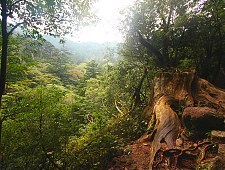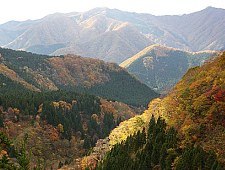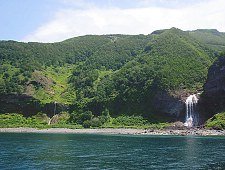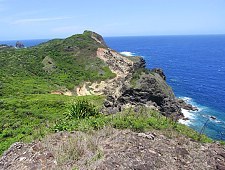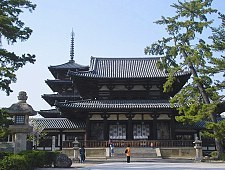 | 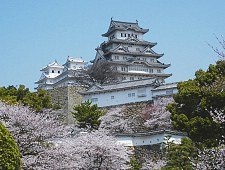 | 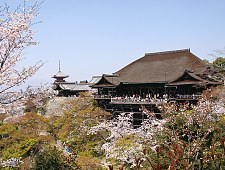 | 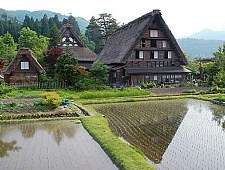 |
Horyuji Temple
Added in 1993
Horyuji Temple’s central gate, main hall and pagoda are the world’s oldest surviving wooden structures. | Himeji Castle
Added in 1993
Himeji Castle is the most beautiful and complete surviving example of a Japanese feudal castle. | Monuments of Ancient Kyoto
Added in 1994
Over a dozen shrines and temples in Kyoto and the neighboring cities of Uji and Otsu, including Toji, Kiyomizudera, Enryakuji, Daigoji, Byodoin, Tenryuji, Kinkakuji, Ginkakuji, Ryoanji and Nijojo. | Shirakawa-go and Gokayama
Added in 1995
Shirakawa-go and Gokayama are remote regions in the mountains of Gifu and Toyama Prefectures, famous for their solid houses built in the gasshozukuri architecture style. |
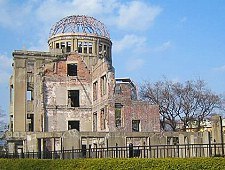 | 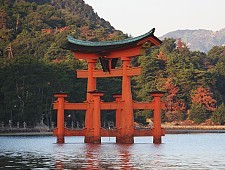 | 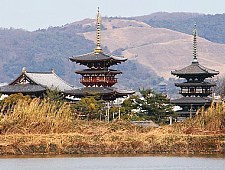 | 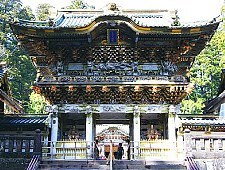 |
Hiroshima Genbaku Dome
Added in 1996
The A-Bomb Dome is the only remaining structure in central Hiroshima, which predates the atomic blast of 1945. | Itsukushima Shrine
Added in 1996
Itsukushima Shrine is one of the most beautiful and unique shrines in Japan, scenically located on the sacred island of Miyajima. It is particularly famous for its “floating” torii gate. | Monuments of Ancient Nara
Added in 1998
Over half a dozen shrines, temples and other sites in Nara, including Todaiji, Kofukuji, Kasuga Taisha and Yakushiji. | Shrines and Temples of Nikko
Added in 1999
Nikko has been a center of Shinto and Buddhist worship for many centuries. Today, it is most famous for its lavishly decorated Toshogu Shrine. |
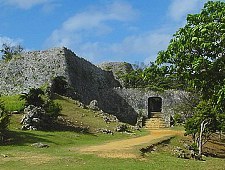 | 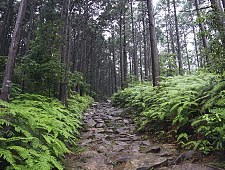 | 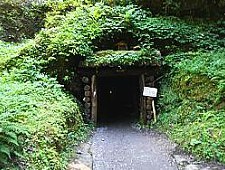 | 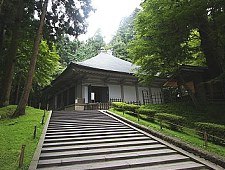 |
|---|
Gusuku Sites and Related Properties of the Kingdom of Ryukyu
Added in 2000
Several castle ruins and other site in Okinawa Prefecture, dating back to the era of the Ryukyu Kingdom. | Sacred Sites and Pilgrimage Routes in the Kii Mountain Range
Added in 2004
Sacred sites in Yoshino, Omine, Kumano and Koyasan connected by pilgrimage routes in a densely forested, mountainous region. | Iwami Ginzan Silver Mine and its Cultural Landscape
Added in 2007
Iwami Ginzan is a former silver mine in the mountains of Shimane Prefecture, whose output accounted for one third of the world’s silver production in the 17th century. | Historic Monuments and Sites of Hiraizumi
Added in 2011
Multiple temples and other sites in Hiraizumi, including Chusonji and Motsuji. |
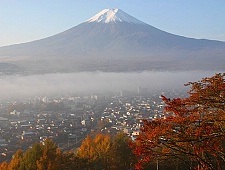 | 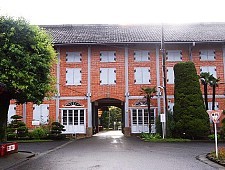 | | |
Mt.Fuji
Added in 2013
Japan’s most iconic volcano and highest mountain, Mount Fuji, has been worshiped as a sacred mountain for centuries and had an immeasurable impact on Japanese culture, while it is recognized as a symbol of Japan across the world. | Tomioka Silk Mill and Related Sites
Added in 2014
The Tomioka Silk Mill in Gunma Prefecture served as the model factory for revolutionizing Japan’s silk industry after the end of the feudal era. The factory complex is well preserved close to its original state. | | |
